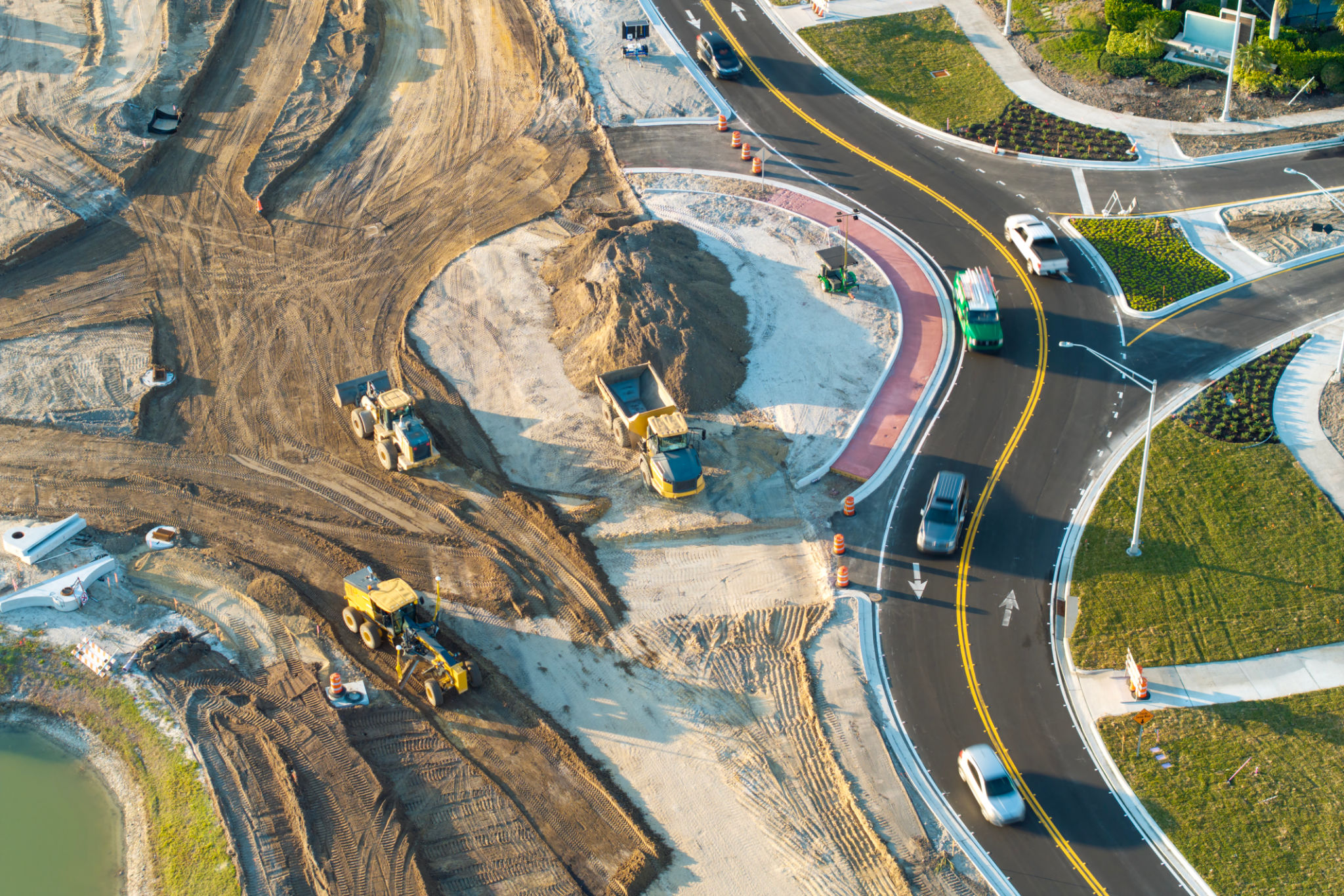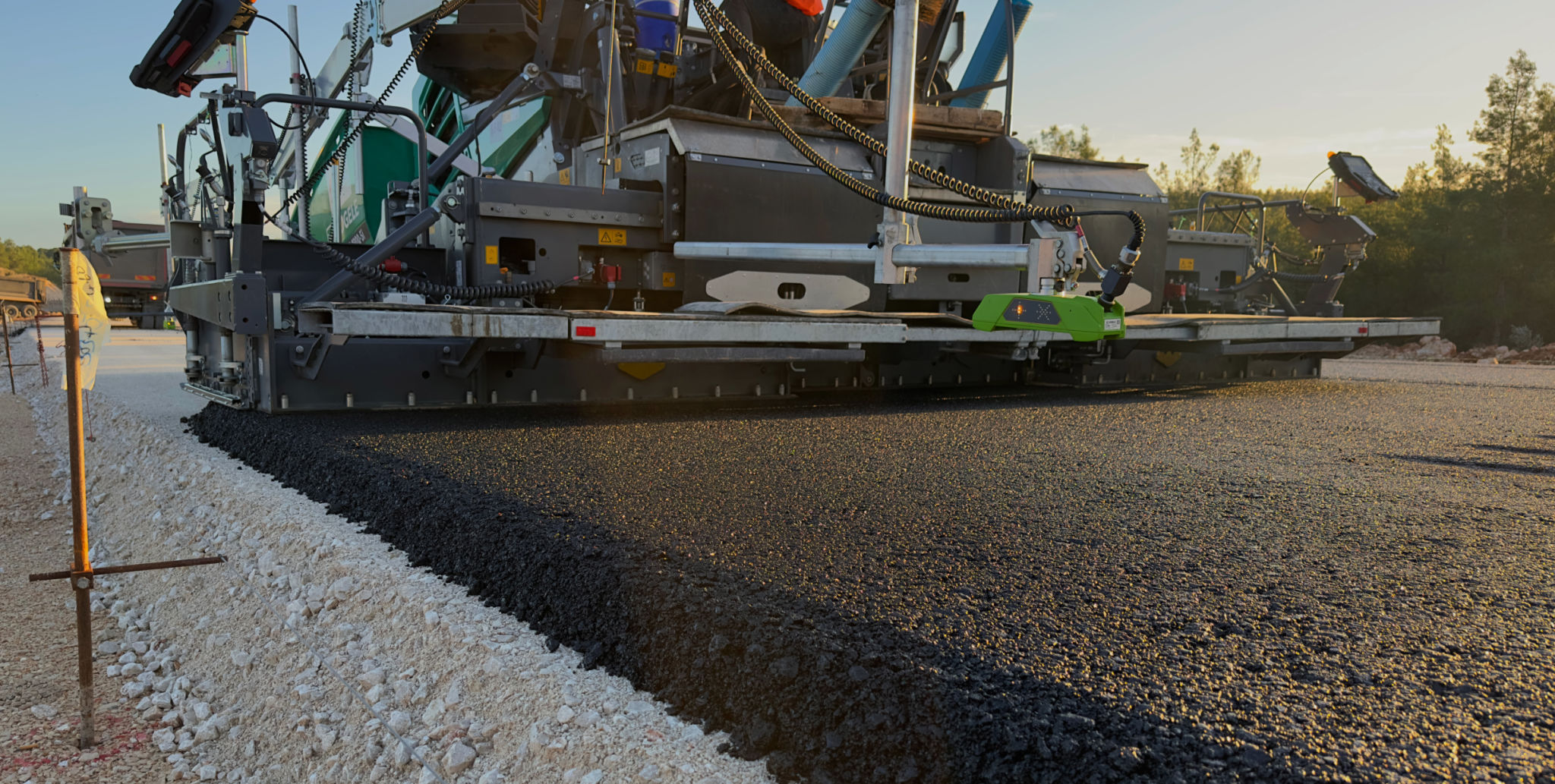Understanding the Paving Process: From Planning to Completion
Introduction to the Paving Process
Paving is an essential aspect of infrastructure development, whether it's for residential driveways, commercial parking lots, or public roads. Understanding the paving process, from planning to completion, ensures that the final product is both functional and visually appealing. This blog post will guide you through the various stages of paving, helping you gain a deeper insight into what goes into creating a durable paved surface.
Planning and Design
The first step in any paving project is planning and design. This stage involves assessing the site to determine the appropriate materials and methods. Factors such as soil type, climate, and intended use are considered to ensure longevity and performance. A well-thought-out design also enhances the aesthetic appeal of the paved area.
During this phase, professionals may use software to create detailed plans and layouts. These plans help in visualizing the final outcome and making necessary adjustments before construction begins.

Site Preparation
Once the planning phase is complete, site preparation begins. This involves clearing the area of any vegetation, debris, or existing structures. Proper drainage must be ensured to prevent water accumulation that can weaken the pavement over time.
Site grading is carried out to create a level surface, and any necessary excavation is done to accommodate the paving materials. This step is crucial for laying a strong foundation.
Installation of Base Layers
The next step in the paving process involves installing base layers. A stable base is essential for the durability of the pavement. Typically, a layer of crushed stone or gravel is laid and compacted to provide structural support.
This base layer acts as a buffer between the ground and the pavement, distributing weight evenly and preventing shifting or cracking. Proper compaction ensures that the base layer remains intact and supports the pavement effectively.

Paving Material Application
With the base layers in place, it's time to apply the paving material. Depending on the project, this could be asphalt, concrete, or another suitable material. Each material has its benefits and should be chosen based on factors such as cost, durability, and maintenance requirements.
For asphalt paving, hot mix asphalt is spread and compacted while it's still warm to ensure a smooth surface. Concrete paving involves pouring and leveling concrete mixes that require curing time before they can be used.
Finishing Touches
After applying the paving material, finishing touches are added to enhance functionality and aesthetics. This may include adding sealants for protection against weather elements or painting lines for parking spaces and lanes.

Additional features like curbs and gutters might be installed to improve drainage and safety. These finishing touches contribute significantly to the overall appearance and longevity of the paved area.
Inspection and Maintenance
The final stage involves inspecting the completed pavement to ensure it meets all specifications and standards. Any defects or issues should be addressed promptly to prevent further problems.
Regular maintenance is crucial in extending the life of any paved surface. This includes periodic cleaning, sealing, and repairing cracks or potholes as they develop. A well-maintained pavement not only looks good but also performs better over time.
